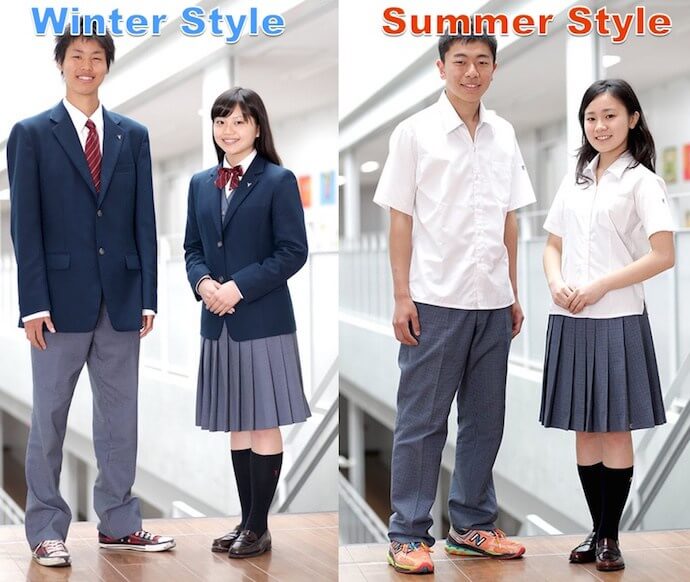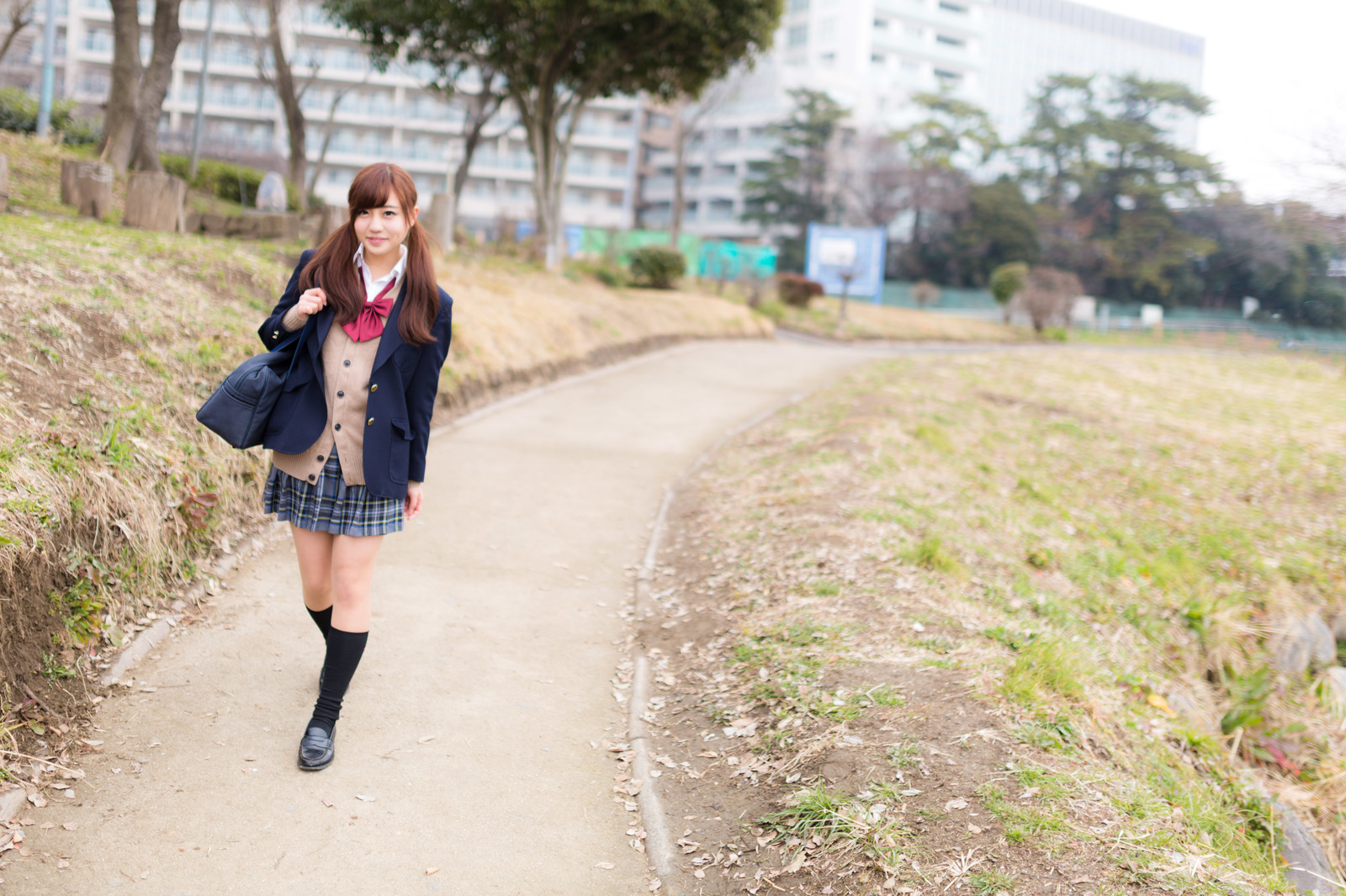Some Known Facts About Japanese Uniforms.
Table of ContentsHow Japanese Uniforms can Save You Time, Stress, and Money.The Definitive Guide for Japanese UniformsThe Main Principles Of Japanese Uniforms Japanese Uniforms Things To Know Before You Get ThisFacts About Japanese Uniforms Uncovered
During completion of the Meiji period as well as throughout the Taisho period, western style college uniforms were presented due to the fact that they were more useful and functional than the conventional garments. It was mostly the male trainees that were in uniform at the beginning. Depending upon the college, females at the time either put on a match top with skirt, kimono or seafarer attire.Sailor attire was presented in Taisho 9 (1920's). Japanese uniforms. Learn more about the Taisho period at.
Businessmen and women put on dark fits and white t-shirts while sales staffs in outlet store wear the store's uniform. Whether they are working in building, road job, bundle shipment, or the article office, the majority of staff members put on a particular attire. By wearing attires to suit their jobs, employees really feel satisfaction in what they do and are loaded with motivation and also power.
Attires additionally provide the customer a feeling of stability as well as self-confidence in the product and services. In addition to wearing required uniforms, Japanese individuals additionally like to put on standardized clothing which by itself can be labelled an attire. They do this either to suit or to give themselves the best possibility at success.
Japanese Uniforms Can Be Fun For Everyone
 Without reasoning of an alternative, young Japanese will head to these shops in order to have miraculous possibility of being used a job. This sort of shop allows business in Japan. In Japan, you will certainly commonly see buddies, lovers or households all clothing alike. There is convenience in "similarity".
Without reasoning of an alternative, young Japanese will head to these shops in order to have miraculous possibility of being used a job. This sort of shop allows business in Japan. In Japan, you will certainly commonly see buddies, lovers or households all clothing alike. There is convenience in "similarity".A winter sailor fuku (seafarer outfit) with lengthy sleeves on a mannequin. The Japanese institution uniform is designed in appearance similar to that of the European-style marine uniforms and was initially made use of in Japan in the late 19th century, replacing the traditional robe. Today, institution attires are usual in much of the Japanese public and also independent school systems.
The term is a mix of gaku () definition "research study" or "trainee", as well as ran (or) implying the Netherlands or, historically in Japan, the West as a whole; hence, gakuran converts as "Western design clothing for student (uniform)". [citation required] The original model of the present days Gakuran was first developed in 1886 for the trainees of Tokyo University.

The seafarer our website attire today is normally connected solely with junior high schools, given that a bulk of secondary schools have transformed to more Western-style plaid skirts or blazers - Japanese uniforms. The attire is gender-specific and also both options, male or women, are dispensed to pupils according to the sex they were designated at birth.
The Ultimate Guide To Japanese Uniforms
Japanese college uniform is understood for its fashionable appearance. The majority of schools in Japan have their attires, and also the style differs depending on the institution. Japanese uniforms. For Japanese pupils, school attire is not only for revealing which school a person belongs to. It has actually turned into one of the fashion products as a result of the change of institution consistent layouts and fashion fads.
 Currently, you will see just how Japanese college attire has been created as well as changed with time, as well as just how Japanese trainees appreciate their uniforms as style. School attire was firstly presented in the late 19th century. The first institution attire called sailor fuku was motivated by the European naval attires. Japanese took the suggestion of scaled-down sailor matches of royal family members in Europe, try this web-site and several Japanese would see them adorable due to the fact that they may have stimulated the Western-style children's attire instead than the navy gear.
Currently, you will see just how Japanese college attire has been created as well as changed with time, as well as just how Japanese trainees appreciate their uniforms as style. School attire was firstly presented in the late 19th century. The first institution attire called sailor fuku was motivated by the European naval attires. Japanese took the suggestion of scaled-down sailor matches of royal family members in Europe, try this web-site and several Japanese would see them adorable due to the fact that they may have stimulated the Western-style children's attire instead than the navy gear.Elegant college attires lead to the rise the number of prospects to the college. After 1990s, school uniforms came to be recognized not just as "consistent", yet as "style".
The "fashionalization" of Japanese college attire caught eyes from all around the world, as well as there are lots of on the internet shops where you can buy Japanese style school attires. Each college has its attire, generally its college sign on.
The 10-Second Trick For Japanese Uniforms
Seafarer attire is an initial layout of Japanese school attire for women students, inspired by the marine uniform. It consists of a blouse with a sailor-like collar and also pleated skirt.
Couple of colleges have the bolero attire today. Eton jacket is a jacket without a collar, as well as is often introduced to primary college or junior high college.
Jumper skirt used to be the primary stream of college uniform in the summertime, yet it is changed with the various other design when the school changes the uniform. In winter season, jumper skirt is used under the sports jacket or the bolero. Supporter skirt college attire is generally put on in grade school, in some cases in kindergarten.
It is worn with a blouse in the wintertime. Today school attire is used not just to show which institution a person goes to, however to use as fashion products as a way of sharing the person's personality. Some schools require students to purchase just blazers as well as school pins assigned by the college to make sure that pupils can choose the various other items such as socks, footwear, bows, bags, etc.
Japanese Uniforms Can Be Fun For Anyone
Sometimes they do not wear their college attires, however wear attires that they got in different shops. It is called "Nanchatte seifuku." Clothing brands such as East boy and Conomi supply a wide array of optional things for her latest blog college attires. The followings are the list of products which students can usually pick on their own.